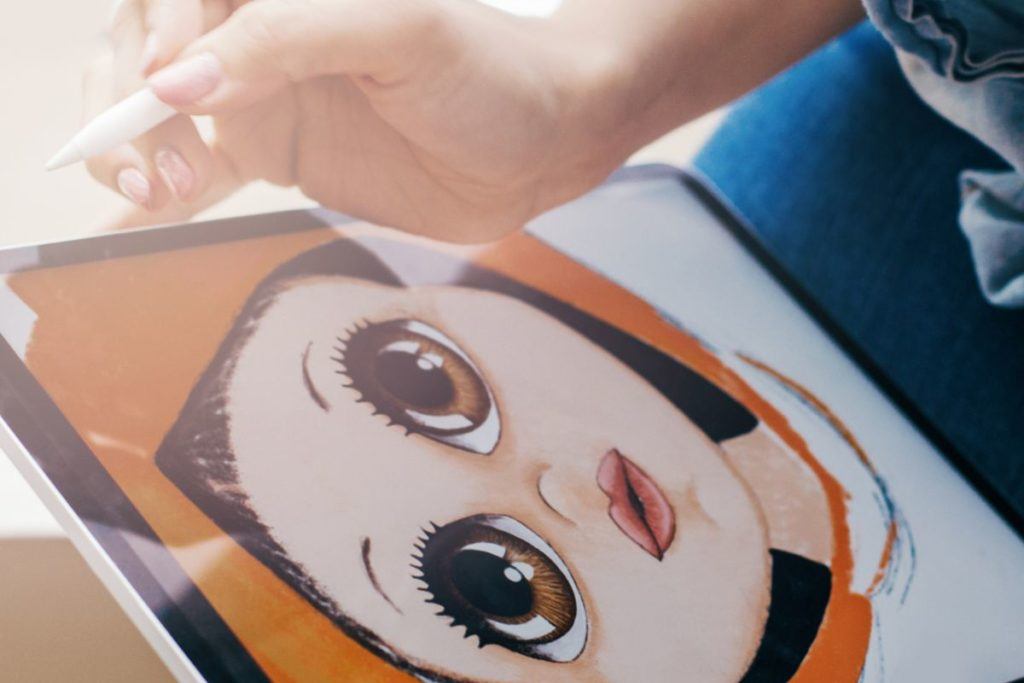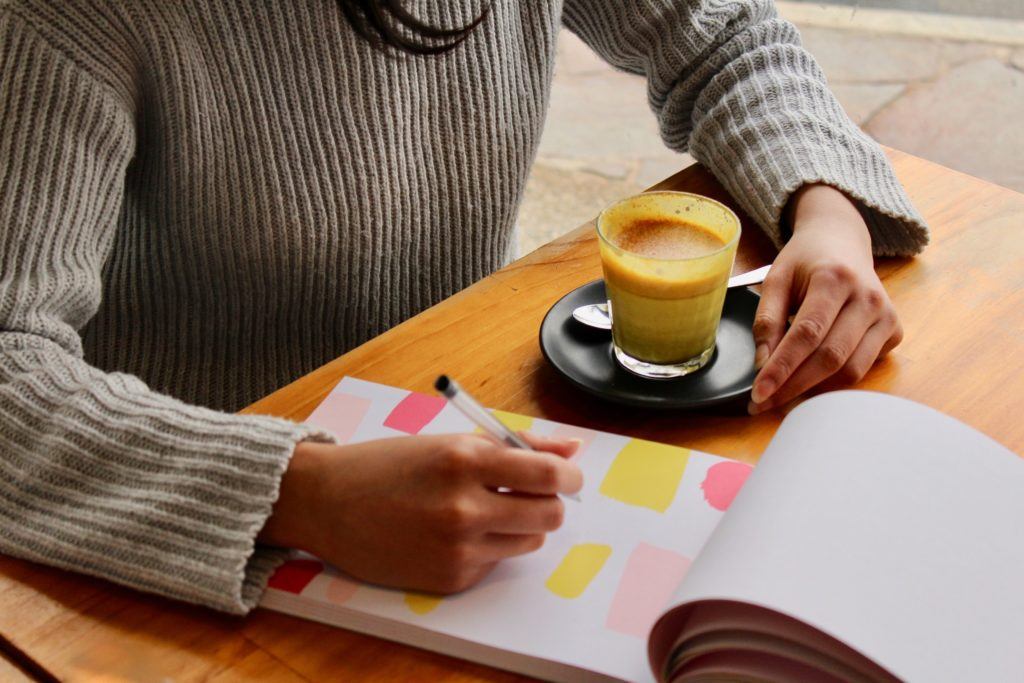
How To Make A Portfolio For Art
As you progress through your art career whether you are in the final years of college or are wanting to showcase your work at a gallery, you are going to need an epic portfolio.
This is where you show off all of your talent and hard work.
A portfolio for any industry should be professional yet still showcase your personality. It will allow you to stand out against your peers and competition to potential employers.
So, how do you make an eye-catching portfolio? We explain how to make a portfolio for your art and how to make it just that bit better than everyone else’s.
Step 1 – Research

From high school to college to potential employment, there will generally be a portfolio included within the examination process.
This will come with a brief detailing everything you need to know about the portfolio. Every organization is unique in what they want to see from their applicants portfolios.
You want to ensure that your portfolio has everything they want and more.
Depending on the organization you are applying to you may have to create different forms of art.
For example, those applying to an architectural firm may need to produce more sketches, drawings and even sculptures to showcase their work.
Whereas someone applying to a film school may require a more digital medium.
The brief will also detail how many pieces of your art you are to include. The majority of organizations will request that you only include 10-20 pieces of work.
This can be a difficult selection as you may have completed over 50. You only want to display your best work.
Before you start putting your portfolio together, always find out what the organization requires.
You shouldn’t waste time designing a portfolio one way just to have to repeat it later because it wasn’t formatted correctly.
Step 2 – Selection Process

Once you have confirmed the specific requirements for your portfolio, you can begin to determine which pieces to include. This can be one of the most difficult steps within creating your portfolio.
Depending on the portfolio brief, you may be able to include both finished and unfinished pieces.
Allowing your potential employer to see your work process and development. However, most organizations within the United States require that all work be completed before submission.
Once you have confirmed that you can include unfinished work within your portfolio, ensure that you do so.
It will highlight your talent, abilities, dedication, and depth of knowledge, and it provides background information on the ideas that lead to the production of your work.
A work of art frequently involves more than simply the final product; it also heavily depends on the piece’s creative process and experimentation.
This is also where you want to be a little more specific. Ensure each piece of work is free of smudges, fingerprints or faults before submission to ensure you are submitting only your best work.
Step 3 – Assemble Your Portfolio

Now that you have selected your best pieces and they all match the requirements set by the institution, you can begin to assemble your portfolio.
Begin by researching other portfolios. This can be done through a simple Google search to find other portfolios that were successful in recent years.
You can assemble your portfolio anyway you like as long as it works with the portfolio brief.
When looking at example portfolios you don’t want to copy the format but take notes that you can then use as a reference guide for when assembling your own portfolio.
Keep in mind the way the artist arranged their creations. Pay close attention to the portfolio’s layout and design. Does the artwork or the portfolio’s design more immediately catch your attention?
If browsing through other portfolios seems difficult or scary, keep in mind that only the best work is showcased.
Even if your technical expertise isn’t as great as those you see, your imagination can make up for it because technical talent is only one component of art.
Step 4 – Revise Your Portfolio

As you finish assembling your portfolio for the first time, you can take a step back and check if it is perfect.
During this step you will want to ensure it is right for the organization. Do some research on current works within the organization and ensure yours matches.
You may also want to re-organize your portfolio to ensure it is perfect.
Take some pieces out and add others in until your portfolio perfectly represents you, your story, and your talent.
Once you are sure that your physical portfolio is perfect and will wow the judges, you may want to take some time to create a digital portfolio.
This can be in the form of a flash drive or a website where people can visit and see your portfolio whenever they like.
Step 5 – Presenting Your Portfolio

As you progress through the submission process, you may be required to present your portfolio. Your presentation can be just as important as the portfolio itself.
You will want to run through your presentation numerous times to ensure it matches the requirements of the brief.
Here you can really let your personality shine by adding in any inspiring life events or research you completed which has influenced your art.
Step 6 – Feedback

After your presentation you may be given feedback. Ensure to take each suggestion on board as it will act as a guide to improve your work in the future.
Summary
Making a portfolio for art is a more daunting task than you may think. Having a small portion of your work being judged can be terrifying. However, it is an important step in any application process.
Ensure yours is the best by following the 6 steps above. From researching other successful portfolios to taking criticism of your work, each step can help you create the best portfolio to showcase your work.
Remember, your portfolio should be tailored towards the specific needs of the organization and to always follow the brief provided.
Sell More Art Online
If we can't teach you, no one can!


